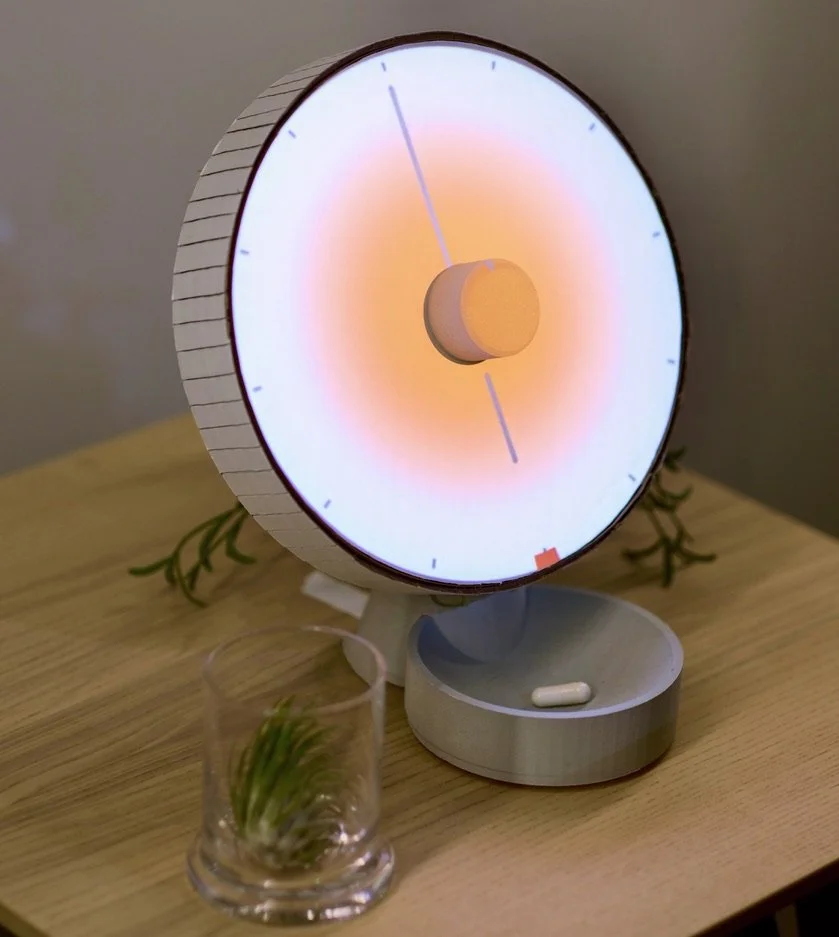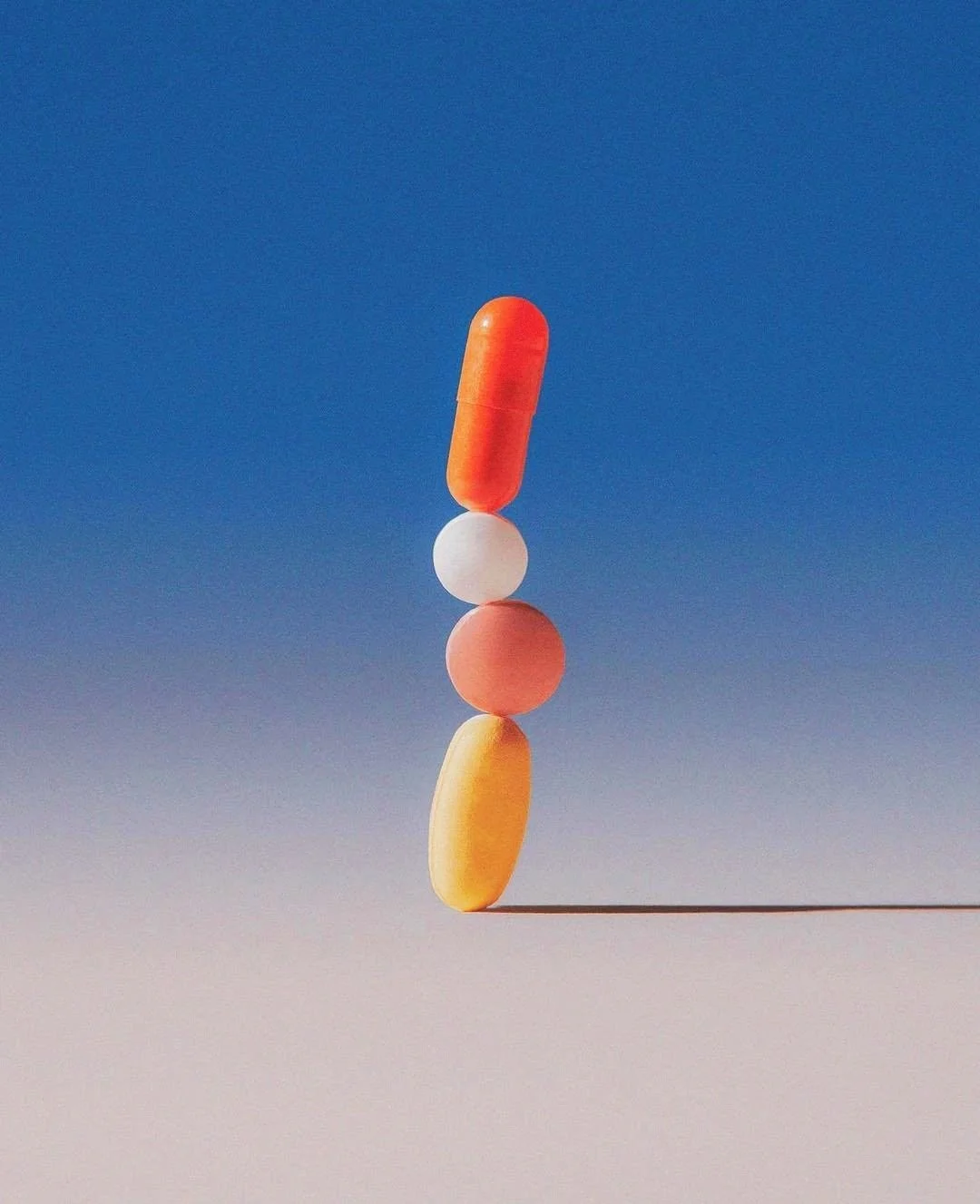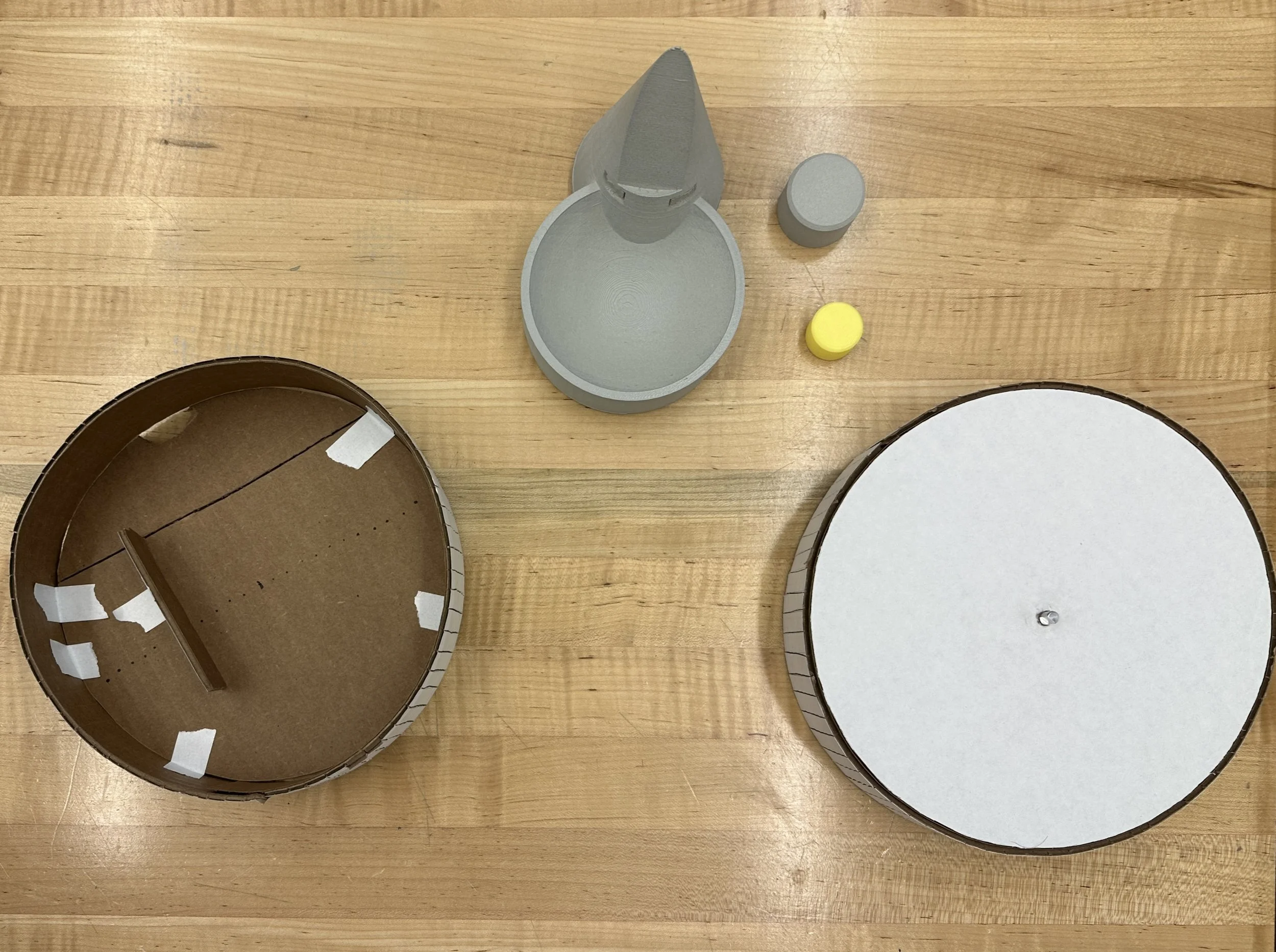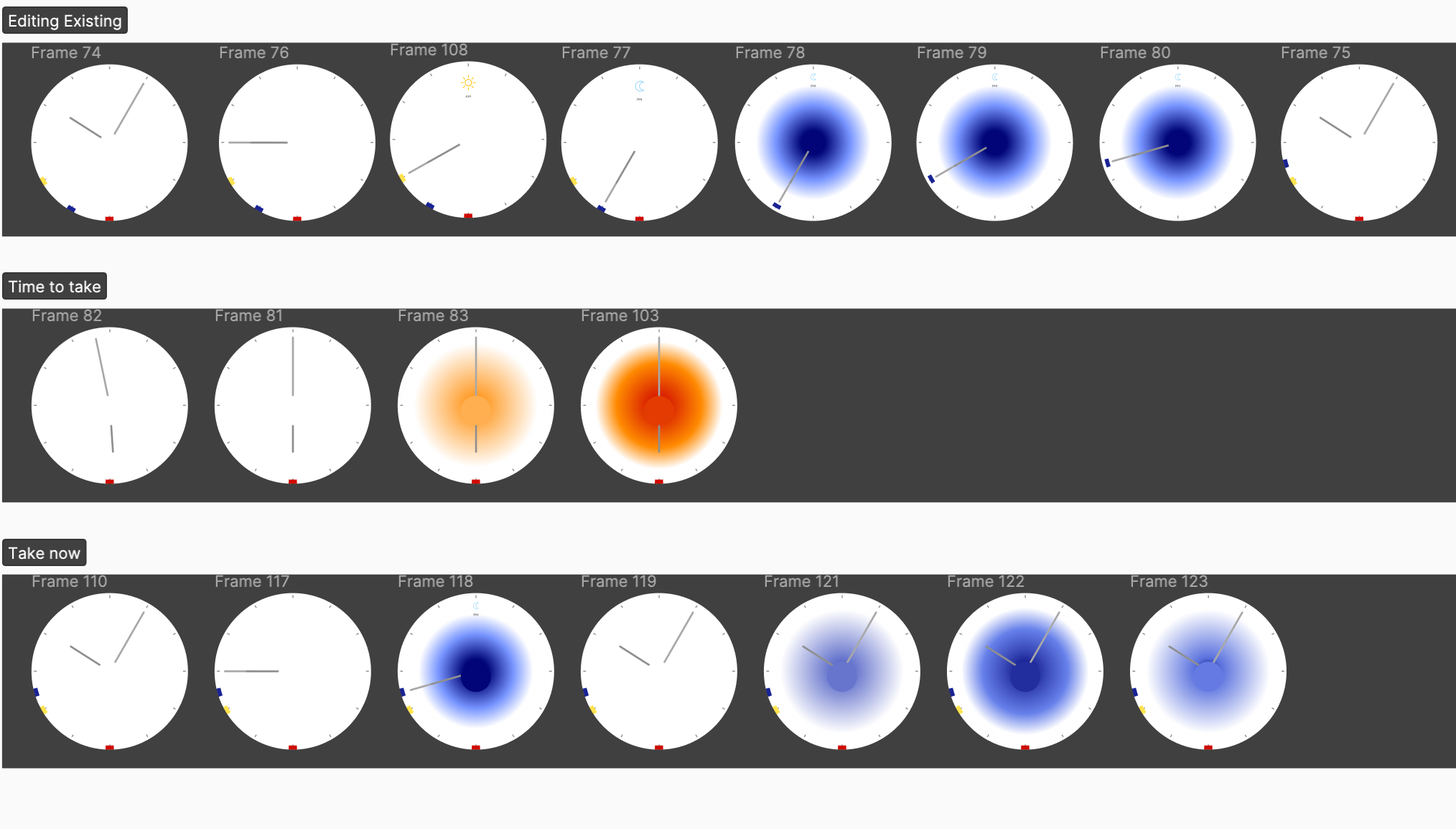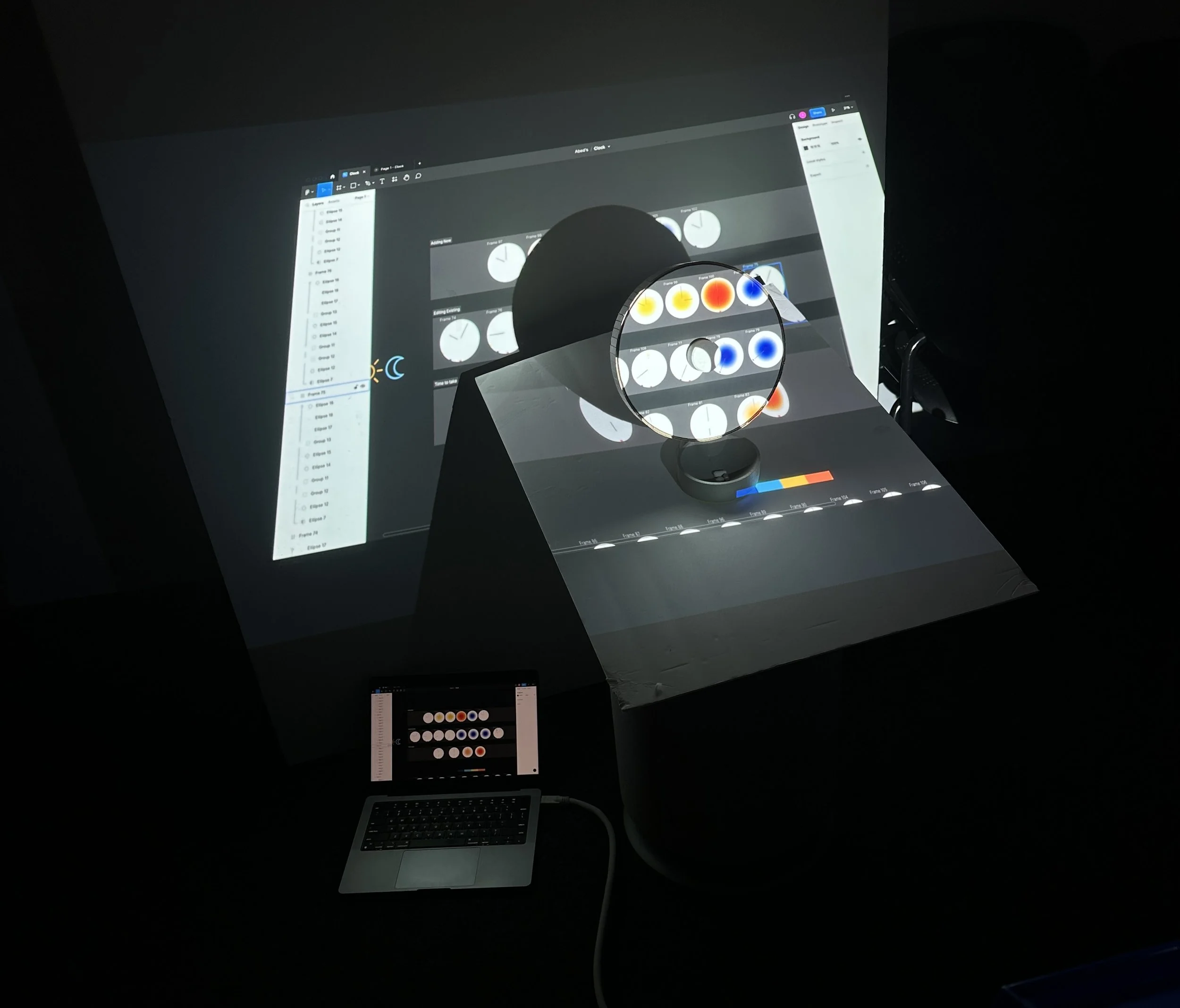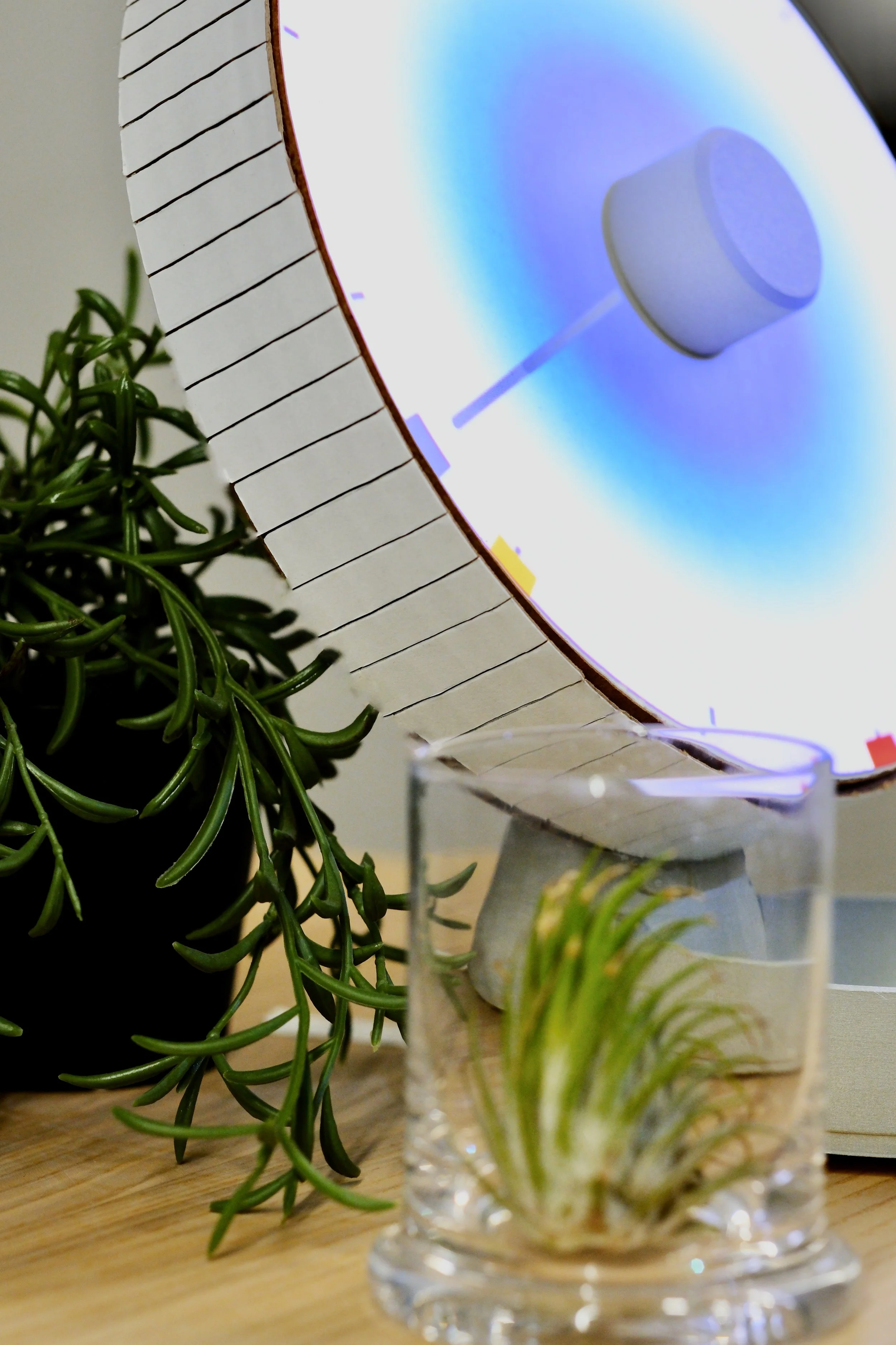Pill Keeper
The Challenge
How can we enhance medication adherence and simplify daily routines for individuals managing multiple prescriptions?
The Solution
Pill Keeper is a smart pill dispenser that helps people take their medication on time with a tactile, clock-inspired design and intuitive visual cues.
My Contribution
As the sole designer, I led the project end-to-end; I conducted user research and interviews, developed and tested physical prototypes, created interaction flows in Figma, and designed and built the final prototype using 3D modeling, 3D printing, and projection mapping
A 2017 Circulation study revealed that poor adherence can double hospitalization rates for heart failure patients.
Despite the seriousness of the issue, most existing solutions are rigid, clinical, and easy to ignore.
Collaborators
1x Designer (Abed Darwazeh)
1x Instructor (Dave Elfving)
Why Pill Keeper Matters
Millions struggle with medication routines, especially older adults managing multiple prescriptions. Inconsistent pill-taking leads to serious health risks.
We didn’t want another screen-based reminder, so we looked at what people already rely on to manage time:
Clocks.
The clock isn’t just a household object, it’s a mental model.
It tells us when to wake up, when to eat, when to move.
So why not when to take your meds?
What if taking your meds felt as natural as checking the time?
No apps. No alarms. No friction.
Just a gentle nudge built into something you already trust.
A Different Kind of Reminder
A soft glow signals it’s time to take your pills
Need to edit your schedule? Do it all on the device
Want to take it early? Twist and go
Designing the Experience
The interaction needed to feel physical, something you could use half-asleep.
We moved away from typical pillbox shapes and leaned into a round form.
Sketches, models, and tests led us to a shape that felt natural and easy to place in the home.
Building the Prototype
3D-printed the base & cardboard for the clock.
Used a potentiometer and custom knob for dial control
The shell was modeled to resemble a familiar wall clock, simple, approachable, and smooth to the touch.
Each piece was printed separately and assembled to test fit, feel, and function.
The knob interaction was mapped to a potentiometer, allowing for precise, tactile input without a digital screen.
Designed animations in Figma to simulate the UI
Projection mapping brought the glowing interface to life
The interface was created using motion-rich, time-based animations in Figma.
Each screen mimicked subtle reminders, early dispense interactions, and schedule edits.
These were projected directly onto the clock face—transforming a static prototype into an interactive experience.
The Outcome
Pill Keeper invites people into the habit gently through light, sound, and physical interaction.
My smart pill dispenser's final prototype includes projection mapping and animations that display reminders and notifications on the clock screen in a visually engaging and intuitive way. Its physical design, unique form factor, and tactile controls provide an intuitive and efficient user-friendly experience.
Reflections
Designing for care requires empathy, not features.
This project wasn’t about adding more, it was about removing the right things.
Simplicity, calm interactions, and physical feedback mattered more than screens or settings.
People trust what they understand.
Moving away from cold and harsh medical designs and using the form of a clock created a familiar mental model.
It reduces friction and makes the experience more intuitive, especially for older users.

